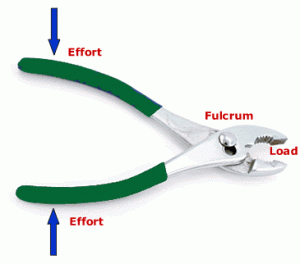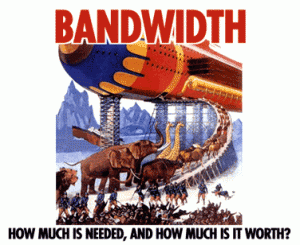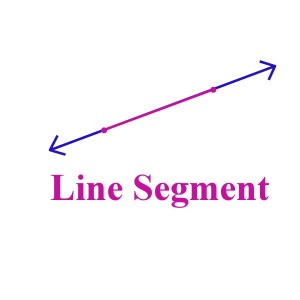Based on your experiences, what are the greatest challenges for leveraging technology to empower learning in your classroom and school?
I love to look up the meaning of words. Leverage is one of those words that has such a powerful definition I thought it would be fun to include its meaning in my answer to the question regarding the challenges using technology in the classroom and school environment.
A lever is one of our simple machines. The mere presence of a lever, which is a rigid bar that pivots at one point to move a second point by a simple force applied. Here is a tool that uses two levers to make the process of using pliers much easier.
 Now what would we do without pliers?
Now what would we do without pliers?
Another meaning of the word leverage is the power or ability to influence people, events, decisions, etc. because of the “advantage” “strength” “clout” or “pull” in a negotiation or discussion.
Using technology in the classroom certainly influences the outcome of lessons when used effectively. So, the question is not whether technology empowers learning but whether schools and students have equal access and whether the schools in Wake County or in the state of North Carolina have the bandwidth great enough to allow all users to successfully use t he internet.
he internet.
When using the word leverage or leveraging as a verb, m favorite meaning is stated as such: to use (a quality or advantage) to obtain a desired effect or result.
Whenever teachers use technology in a lesson the desired result is to enhance the lesson in a way that allows students interaction with the topic in order to engage student learning. So, the challenge is tools of technology and bandwidth access.
The school that I am at has at least two iPads in every classroom and at least 4 working desktop pc’s. The ratio of student to pc/iPad is one for every 6 students. Now you know, in an elementary school setting sharing is often difficult and sharing also doesn’t provide for individual learning at an individual pace. My dream classroom would have a one to one initiative. I know they exist in our beautiful state and I hope to provide enough “reasons” to require a one to one ratio beginning in a 5th grade classroom at FVES.
The challenges leveraging technology in the classroom exist in the equipment not in the resources. Once a classroom has functioning tools of technology with enough to give each student their own, the advancement of using technology can be realized.

I’d love to hear from a colleague that does have a one to one ratio what the challenges are in leveraging. What challenges exist when you do have the tool in the hands of students?





 because I’m excited about where the students
because I’m excited about where the students

